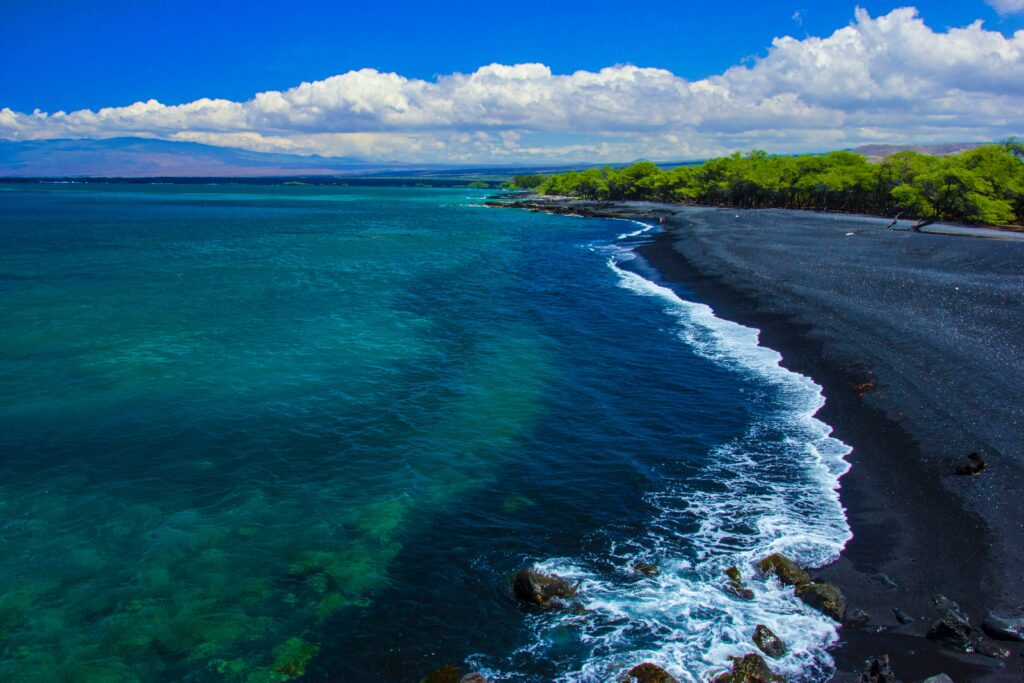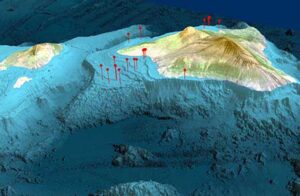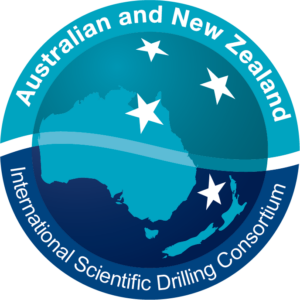Venturing deep into the past lives of coral reefs: Professor Jody Webster on IODP Expedition 389

Professor Jody Webster, from the Geocoastal Research Group (GRG) at the University of Sydney, is one of two Chief Scientists for IODP Expedition 389: Hawaiian Drowned Reefs, operated by ECORD.
The expedition will access the unique archive of sea-level, climate change and reef response preserved in fossil coral reefs surrounding Hawai’i – reefs that were drowned by past sea-level rises and subsidence of the crust as the archipelago formed.
From this, the details of past global sea-level change and global climate change – and how they are linked – can be better understood, shedding light on the mechanisms that control abrupt climate change.
“The very rapid subsidence in this region creates a unique set of conditions. It should give us access to an expanded, high-resolution record in which we will be able to examine very rapid changes in the past – events such as rapid deglaciation and ice sheet collapse,” explained Prof. Webster.
The expedition will also illuminate how coral reef systems respond both geologically and biologically to rapid changes in sea-level and climate over a range of different times scales.
“We will see how reefs responded to past events, different environmental changes and stresses in various combinations – it’s like a series of natural experiments that have been run and now we’re reading the results.”

As climate change puts the world’s reef systems under pressure, the results are more important than ever.
“We can look at how reefs recovered from past disturbances. How they died and reassembled, if the same ecological communities came back,” he said.

The expedition builds on previous IODP missions to Tahiti (Exp. 310) and the Great Barrier Reef (Exp. 325).
“For me personally, this expedition is something I’ve wanted to do for a long time – 16 years, in fact, since our original proposal.”
“We are going to learn a lot,” enthuses Prof. Webster. “It’s going to be fascinating to see what the reef cores look like and what they can tell us about the internal structure of the reefs. We’ve got ideas about what they might be like, we have some surface samples and numerical models, but some of those ideas may turn out to be wrong.”
“Some of the most exciting results are the ones you can’t anticipate, the ones which at first don’t even know how to interpret. It’s exciting putting it all together, integrating what you already know, and learning things you hadn’t conceived of.”
“My advice – if there’s fundamental scientific questions you want to answer – keep working and keep pushing! Never give up!”
Follow Professor Webster and Expedition 389 as they drill into the past lives of the reefs!
The expedition – and the onshore science party – are now complete!
Find out how it went on the expedition’s Blog site.
See also daily reports and the expedition’s photo gallery on the Expedition’s website and the Scientific Prospectus: Hawaiian Drowned Reefs
